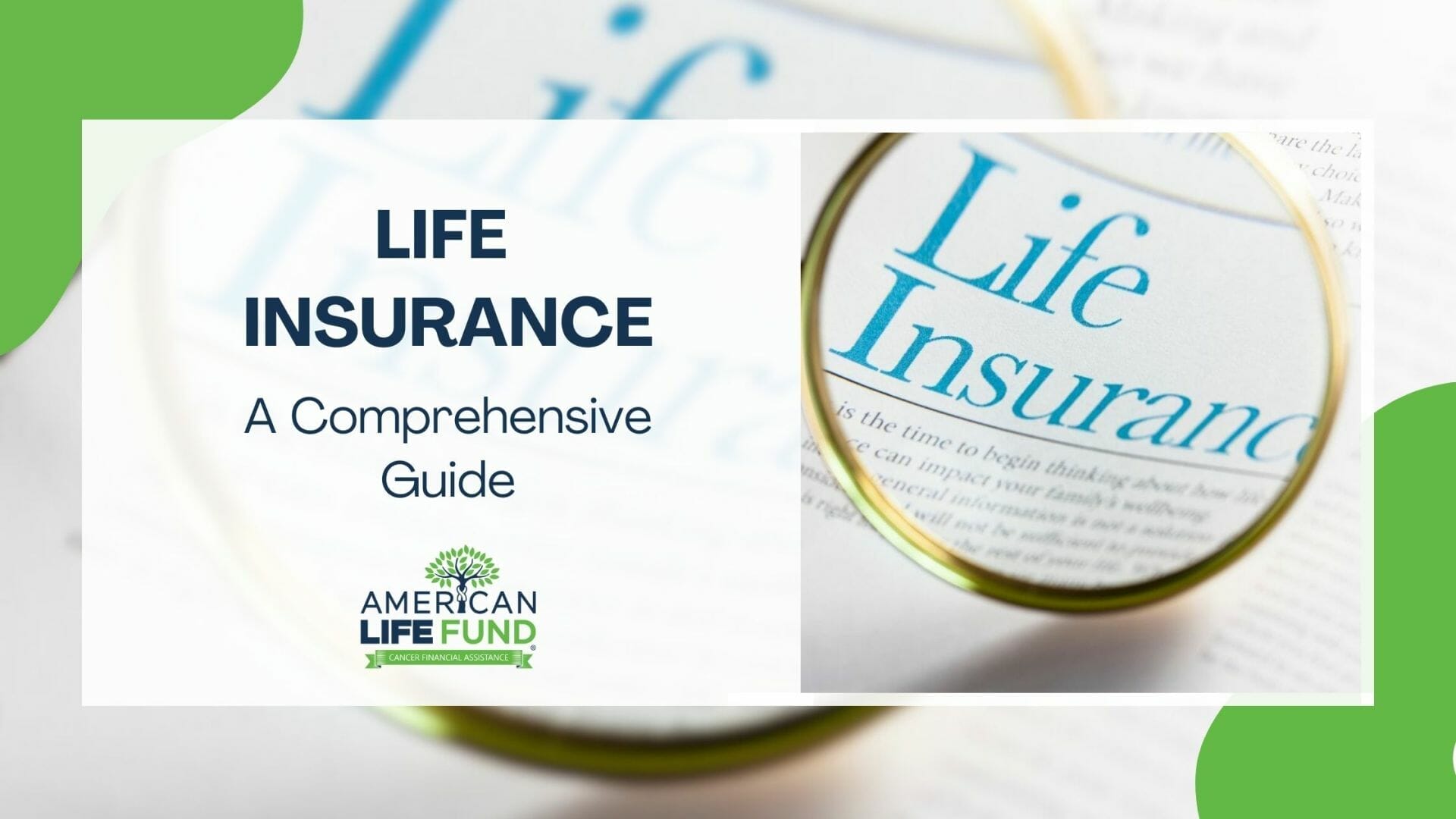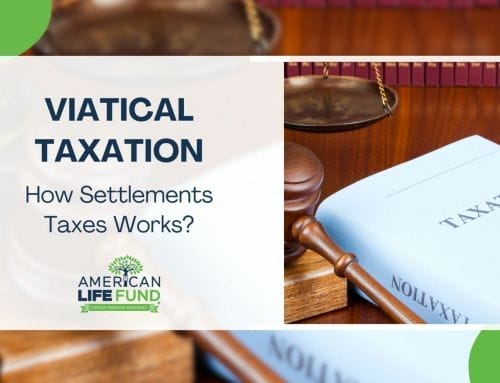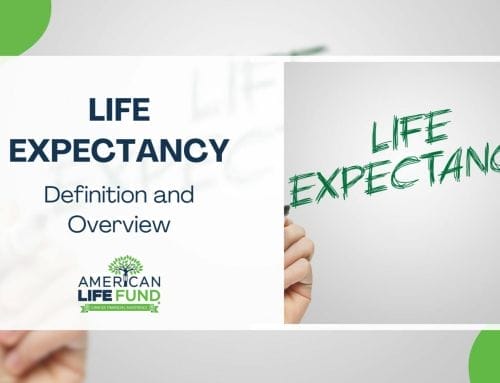Welcome to our guide on life insurance. This article is designed to give you a comprehensive understanding of life insurance and its importance, helping you make informed decisions about protecting your loved ones. We aim to offer valuable insights in a natural and easy-to-understand manner, addressing the needs of individuals seeking clarity on life insurance.
We understand that discussing life insurance can be a complex and personal matter, and our goal is to provide guidance and support throughout this process.
We will explain the fundamentals of life insurance, including what it is and how it works. We will explore different types of life insurance policies, such as term and whole life insurance, and discuss the key factors to consider when selecting coverage that aligns with your unique circumstances.
Focusing on your financial well-being, we will cover essential aspects such as the death benefit, premiums, and underwriting. We will also provide practical considerations to help you determine the appropriate coverage for your specific needs.
Our mission is to empower you with the knowledge necessary to make informed decisions, ensuring the financial protection of your loved ones.
Let’s embark on this journey together as we dive into life insurance with a genuine commitment to supporting you every step of the way.
What Is Life Insurance?
Life insurance is a legally binding contract between an individual, the policyholder, and an insurance company, referred to as the insurer. This contract provides financial protection and support to the policyholder’s loved ones, known as beneficiaries, in the event of the insured person’s death.
At its core, life insurance revolves around the concept of the death benefit. This is the amount of money that the beneficiaries receive when the insured person passes away. It is typically a tax-free lump sum payment, covering various expenses such as funeral costs, outstanding debts, or providing ongoing financial support for dependents.
In a life insurance policy, several key parties are involved. The insurer is the company that issues the policy and assumes the financial risk. The policyholder, often the insured person, is the individual who owns the policy and pays the premiums to maintain coverage. The insured refers to the person whose life is being insured.
Policy length, also known as the policy term, is an important consideration. It can vary depending on the type of life insurance chosen. For term life insurance, the coverage lasts for a specific period, such as 10, 20, or 30 years. If the insured person passes away within that term, the death benefit is paid to the beneficiaries. In contrast, whole life insurance provides coverage for the entire lifetime of the insured person.
Premiums are regular payments made by the policyholder to the insurer to keep the policy in force. The premium amount is determined based on the insured person’s age, health, and coverage. It is important to pay premiums on time to maintain the policy’s validity.
In some types of life insurance, such as whole life insurance, there is an additional component called the cash value. This is a savings or investment component that accumulates over time. The policyholder can access the cash value through policy loans or withdrawals, offering a potential source of financial flexibility.
Understanding these key aspects of life insurance is crucial in making informed decisions about the type and amount of coverage that best suits your needs. It is advisable to consult with a financial advisor or insurance professional to explore options and select a policy that provides adequate protection for your loved ones.
What Are The Different Types of Life Insurance Policies?
Different life insurance policies are available to cater to varying needs and circumstances. Here are some of the most common types:
Term Life Insurance
Term life insurance provides coverage for a specific period, known as the policy term. It offers a straightforward and affordable option for individuals seeking temporary coverage. If the insured person passes away during the term, the beneficiaries pay the death benefit. However, no payout is made if the term expires and the insured is still alive. Term life insurance is often chosen to cover financial obligations such as mortgages, loans, or educational expenses. If you decide that you no longer need or want your policy, you may be wondering can you sell a term life insurance policy?
Permanent Life Insurance
Permanent life insurance offers lifelong coverage as long as the premiums are paid. It combines a death benefit with a savings or investment component, known as the cash value. Permanent life insurance provides more than just a death benefit—it offers the potential to accumulate cash value over time, which can be accessed by the policyholder through policy loans or withdrawals. The primary types of permanent life insurance are whole and universal.
Whole Life Insurance
Whole life insurance provides lifetime coverage and a guaranteed death benefit. Premiums for whole life insurance policies remain level throughout the policyholder’s life. A portion of the premium paid goes towards building cash value, which can grow over time. Whole life insurance offers stability and can be a long-term financial planning tool. Selling whole life insurance can provide clients with lifelong coverage and investment benefits, offering financial security and peace of mind for the future.
Universal Life Insurance
Universal life insurance offers lifetime coverage but more flexibility regarding premiums and death benefits. Policyholders can adjust the premium payments and death benefit amount within certain limits. Universal life insurance policies may accumulate cash value, depending on the policy design and investment performance.
Final Expense
Final expense insurance, sometimes called burial or funeral insurance, is specifically designed to cover the costs associated with end-of-life expenses. It aims to alleviate the financial burden on loved ones by providing a death benefit that can be used to pay for funeral services, burial or cremation, outstanding medical bills, or other final expenses.
Understanding the differences between these life insurance policies can help you choose the one that aligns with your goals and provides the necessary financial protection for your loved ones. Evaluating your specific needs, consulting with an insurance professional, and considering your long-term financial plans before deciding is advisable.

How Does Life Insurance Work?
Life insurance provides financial protection and support to beneficiaries upon the insured person’s death. To understand how it works, let’s explore the key components: the death benefit, premium, and cash value.
Death Benefit
The death benefit is the core component of a life insurance policy. It refers to the predetermined amount of money the insurance company pays the beneficiaries upon the insured person’s death. The beneficiaries can use this tax-free lump sum payment to cover various expenses, such as funeral costs, outstanding debts, or providing ongoing financial support.
Premium
To maintain life insurance coverage, the policyholder is required to pay regular premiums to the insurance company. The premium is the cost of the policy and is typically paid monthly, quarterly, or annually. The premium amount is determined based on the insured person’s age, health, lifestyle, and coverage amount. Paying premiums on time is crucial to keep the policy active and ensure the death benefit will be paid upon the insured person’s passing.
Cash Value
Certain life insurance policies, such as permanent life insurance, may accumulate a cash value component. This represents the savings or investment portion of the policy. Over time, a portion of the premiums paid goes into the cash value, which can grow tax-deferred. The policyholder can access the cash value through policy loans or withdrawals, providing a potential source of financial flexibility. It’s important to note that cash value is specific to permanent life insurance policies and may not be present in term life insurance policies.

What Should I Consider Before Buying Life Insurance?
Before purchasing life insurance, it’s important to consider several factors to ensure you make an informed decision. Here are key considerations to keep in mind:
Know Why You’re Buying Life Insurance
Determine your reasons for purchasing life insurance. Are you looking to provide financial support for your loved ones in the event of your death? Do you want to cover outstanding debts or specific financial obligations? Understanding your goals and intentions will help you select the appropriate type and amount of coverage.
Research Policy Options
Familiarize yourself with the different types of life insurance policies available, such as term life insurance and permanent life insurance (which includes whole life insurance and universal life insurance). Each type has its features, benefits, and considerations. Research and understand how they work to determine which aligns with your needs and preferences.
Compare Company Reviews
Research and compare insurance companies offering life insurance policies. Look for reputable companies with positive customer reviews and a track record of prompt and fair claims settlement. Check independent ratings to assess the financial strength and customer satisfaction of the companies you’re considering.
Consider How Much Death Benefit You Need
Assess the amount of death benefit that would adequately protect your loved ones. Consider factors such as outstanding debts, future financial obligations, ongoing living expenses, and your beneficiaries’ needs. Ensure the death benefit amount is sufficient to provide financial security and cover the intended expenses.

How do I Choose Between Term vs. Permanent Life Insurance?
When deciding between term and permanent life insurance, it’s essential to understand the key differences and consider various factors to make an informed choice. Here are the key differences and factors to consider:
Key Differences between Term and Permanent Life Insurance:
Coverage Duration: Term life insurance covers a specific period, typically 10 to 30 years. If the insured person passes away during the term, the beneficiaries pay the death benefit. In contrast, permanent life insurance offers coverage for the entire lifetime of the insured person as long as the premiums are paid.
Premiums: Term life insurance generally has lower initial premiums than permanent life insurance. However, term insurance premiums can increase when the policy is renewed or converted into a permanent policy. Permanent life insurance premiums are usually higher but remain level throughout the policy’s duration.
Cash Value: Permanent life insurance policies, such as whole and universal life insurance, often include a cash value component. A portion of the premium paid accumulates as cash value over time, which can be accessed through policy loans or withdrawals. Term life insurance policies do not have a cash value component.
Policy Flexibility: Permanent life insurance offers more flexibility compared to term insurance. It allows policyholders to adjust the death benefit, premium payments, and in some cases, the policy duration. Term life insurance, on the other hand, offers fixed coverage and premiums for the specified term.
Factors to Consider when Choosing between Term and Permanent Life Insurance:
Coverage Needs: Consider your financial obligations and the duration of coverage required. Term life insurance is often suitable for temporary needs, such as covering a mortgage or providing income replacement until retirement. Permanent life insurance may be more appropriate for long-term financial goals, estate planning, or leaving a legacy.
Budget and Affordability: Evaluate your budget and determine the premium amount you can comfortably pay. Term life insurance generally has lower initial premiums, which can make it more affordable for individuals with limited financial resources. Permanent life insurance requires higher premiums but provides lifelong coverage and potential cash value accumulation.
Future Financial Plans: Consider your long-term financial plans and how life insurance fits them. If you anticipate the need for coverage beyond a specific term, permanent life insurance may be a better choice. It offers lifetime protection and potential benefits such as cash value growth and tax advantages.
Risk Tolerance: Assess your risk tolerance and investment preferences. Permanent life insurance policies with cash value components provide an opportunity for savings or investment growth within the policy. If you prefer a different investment strategy or have a higher risk tolerance, term life insurance may be a simpler and more cost-effective option.
Flexibility and Convertibility: Evaluate whether you value the flexibility to adjust your policy in the future. Permanent life insurance policies offer more options for customization, conversion to other types of policies, and the potential for accessing cash value. Term life insurance policies may have limited or no conversion options.
It’s crucial to assess your unique circumstances and financial goals and consult a qualified insurance professional or financial advisor when deciding between term and permanent life insurance. They can provide personalized guidance and help you select the most suitable policy that aligns with your needs and objectives.

What Does Life Insurance Cost?
The cost of life insurance can vary depending on several factors, including age, health, coverage amount, policy type, and duration. While providing an exact cost without considering specific details is challenging, we can provide some general insights.
According to Forbes Advisor’s analysis, life insurance costs an average of around $26 per month for a healthy 35-year-old purchasing a 20-year term life insurance policy with a coverage amount of $500,000. However, it’s important to note that individual rates can vary significantly based on personal circumstances and individual insurance providers.
Life insurance costs are typically determined by underwriters who assess various risk factors. These factors may include your age, gender, overall health, medical history, lifestyle choices (such as smoking or hazardous activities), and the desired coverage amount. Younger individuals in good health generally pay lower premiums compared to older individuals or those with health conditions.
Other policy-specific factors can also impact the cost. Permanent life insurance policies tend to have higher premiums than term life insurance due to their lifelong coverage and potential cash value accumulation.
To obtain an accurate cost estimate for life insurance, it’s advisable to request quotes from multiple insurance companies. This allows you to compare rates and policies tailored to your specific needs. Consulting with an insurance professional can provide further guidance and help you navigate the pricing options available in the market.
Remember that life insurance is a long-term commitment, and the cost should be viewed in the context of the financial protection it provides to your loved ones. It’s crucial to consider your budget and ensure that the premiums are affordable and sustainable over the life of the policy.
Remember that life insurance costs may change over time due to factors such as policy renewals, adjustments in coverage amounts, or changes in your health status. Reviewing your coverage needs and updating your policy accordingly can ensure that you have adequate protection at a reasonable cost.
What May Affect My Life Insurance Premiums And Costs?
Several factors can influence your life insurance premiums and costs. Insurance providers consider these factors when determining your policy’s pricing. Here are some key considerations:
Age: Generally, younger individuals tend to pay lower premiums as they are considered less risky to insure. Premiums typically increase as you get older.
Health Condition: Your overall health plays a significant role in determining life insurance premiums. Insurance companies assess pre-existing medical conditions, height and weight, family medical history, and lifestyle choices (e.g., smoking, alcohol consumption). Healthier individuals typically receive lower premiums.
Coverage Amount: The coverage amount you choose affects the cost of your policy. Higher coverage amounts result in higher premiums.
Policy Type: Different types of life insurance policies have varying cost structures. Term life insurance policies are generally more affordable than permanent ones, which have higher premiums due to their lifelong coverage and potential cash value accumulation.
Policy Duration: For term life insurance, the length of the coverage term affects the premiums. Longer terms may have higher premiums compared to shorter terms.
Gender: Insurance companies often consider gender as a factor in determining premiums, as certain health risks can vary between males and females.
Occupation and Hobbies: Occupation and participation in hazardous activities or hobbies can impact your premiums. Riskier occupations or activities may result in higher premiums.
Can I Get Life Insurance For a Pre-existing Condition?
Yes, it is possible to obtain life insurance with a pre-existing condition. However, the availability and cost of coverage may vary depending on the specific condition and its severity. Insurance providers will assess the medical condition, treatment history, and overall health to determine the insurability and premium rates. In some cases, individuals with pre-existing conditions may need to explore specialized insurance options, such as guaranteed issues or simplified issue policies.
Can I Buy a Policy That Lets me Increase my Coverage Later on?
Yes, some life insurance policies offer the option to increase coverage later. These policies may include a rider or provision that allows you to add additional coverage without undergoing a new underwriting process. Remember that the ability to increase coverage may be subject to certain conditions, such as specific life events or within specified time frames. It’s important to review the terms and conditions of the policy and discuss the availability of such options with your insurance provider.
Can I Use my Life Insurance While Alive?
Traditional life insurance policies generally do not provide benefits that can be used while the policyholder is alive. However, some permanent life insurance policies, such as certain types of whole life insurance or universal life insurance, may accumulate cash value over time. Policyholders can access this cash value through policy loans or withdrawals, providing a potential source of funds for various purposes. It’s important to note that cashing in life insurance before death may impact the death benefit and policy performance, so careful consideration is advised before utilizing these options.
It’s important to consult with an insurance professional or financial advisor to understand how these factors may specifically apply to your situation and to explore your options based on your needs and circumstances.





